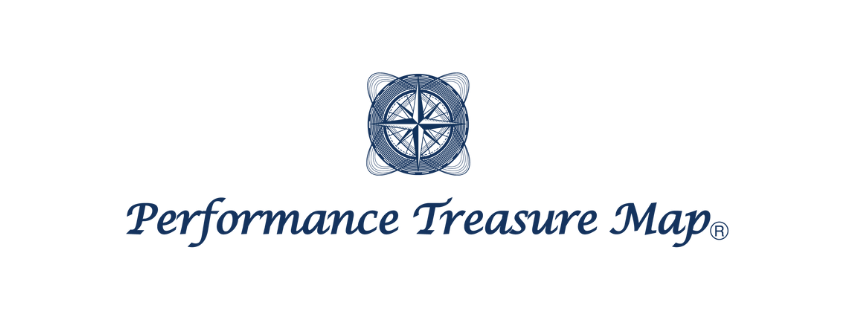Thank you for visiting this blog!
In this post, I will introduce the final concept in the meaningful breakdown of the Original K-Map within the Performance Treasure Map, specifically focusing on “Corrective & Preparation Exercise.“
I aim to deepen your understanding of this exercise by explaining:
- The purpose, procedure, and precautions for each exercise
- The principles and fundamentals involved in performing the exercise
- How it links to performance (the treasure)

After reading this blog, I hope it will help you prescribe exercises to your clients and athletes!
Today, I will introduce the “Draw-In” exercise!

Exercise Classification in Original K-Map
When breaking down the factors contributing to jump ability and sprint ability in the Original K-Map, we can categorize them as follows:
Range of Motion
Muscle Function
Nervous System
Physical Characteristics/Functions
Technique
From there, if we further categorize “Muscle Function,” we arrive at:
Power
Proprioception
Postural Stability
Muscular Endurance
The “Draw-In” exercise is utilized for
Postural Stability
General Principle
First, let’s discuss the principles of the exercise.
The principles related to “Breathing” and “Core,” which I previously introduced, are key!
▼呼吸【General Principle】

Our most primitive movement pattern is “breathing,” and mastering it correctly is important.
If breathing is not optimized, other movement patterns cannot be.
(Karel Lewit)
▼Core【General Principle】

Stabilizing the spine requires coordination of the “inner unit” defined in the core.。

Connection to Performance
Difference between Breathing and Draw-In
The aim of the Draw-In is selective activation of the deep abdominal muscles known as the “Transverse Abdominis.“
While breathing involves lowering the diaphragm during inhalation to increase abdominal pressure, the Draw-In involves exhaling while pulling the abdomen inward to increase abdominal pressure.

To make it clear, you can think of breathing as inflating a plastic bottle and the Draw-In as compressing that bottle.
Relation to Low Back Pain
Research often suggests a link between the Draw-In and low back pain.
The “Transverse Abdominis” is an inner unit involved in spinal stability, enhancing the stability of the spine and facilitating smooth movement of the limbs.
It is said to activate 0.03 to 0.11 seconds earlier than other muscles, thereby enhancing spinal stability.
However, individuals with a history of low back pain often exhibit significantly reduced function of the Transverse Abdominis, making appropriate spinal stabilization challenging.
If the Transverse Abdominis fails to activate properly, compensatory movements may occur, leading to low back pain and performance decline.
Draw-In

Purpose
Normalization of activation patterns.
Starting Position
Lie on your back and place your hands on your sides.
Procedure
1.Inhale for 3 seconds, expanding your belly.
2.Exhale slowly and long for 10 seconds while gradually pulling your belly inward.
3.Once you finish exhaling, hold this position for 3 seconds.
Points
・Be cautious not to raise your shoulders.
・Exhale completely as if your lungs are empty.
Conclusion
This time, I introduced the Draw-In!
I believe that the Draw-In should be performed primarily for clients with “abnormal activation patterns.”
It is an effective exercise for individuals showing significant delays in the activation of the Transverse Abdominis due to conditions like low back pain. However, if someone can consciously contract the Transverse Abdominis correctly, bracing is considered a better training method for performance enhancement.
It’s crucial to choose the appropriate breathing exercise based on your client’s movement patterns and conditions!
I have introduced “90/90 Breathing,” “Crocodile Breathing,” and “Draw-In,” but it’s essential to understand:
✅ What each exercise aims to achieve
✅ How they connect to performance
I hope this helps clarify things for you!
In upcoming posts, I will introduce exercises categorized under
Acquiring mobility and stability

Next time, I will introduce the “Dead Bug” exercise!
Stay tuned!
▼For more information about PTM and K-Map, visit here:
▼Purchase Original K-Map:

This post is also available in ja.

